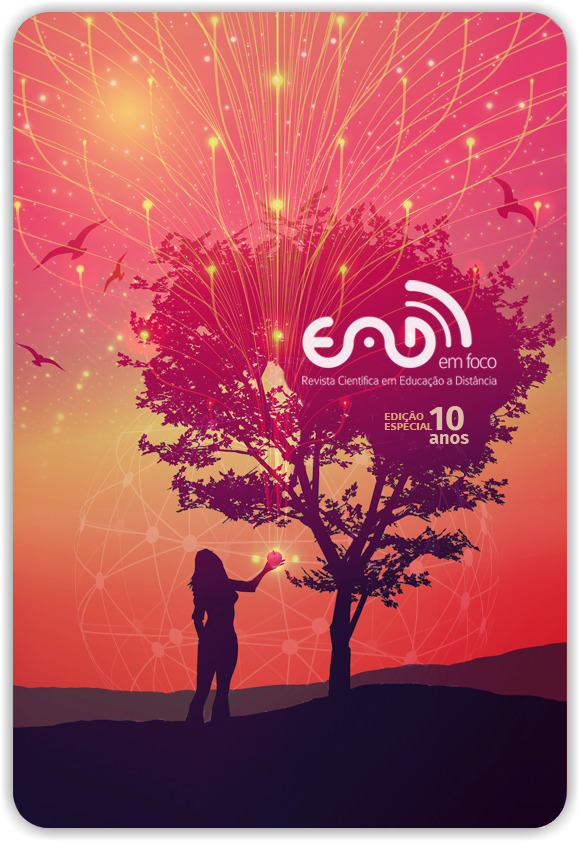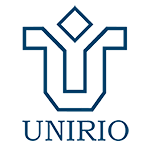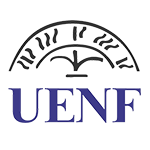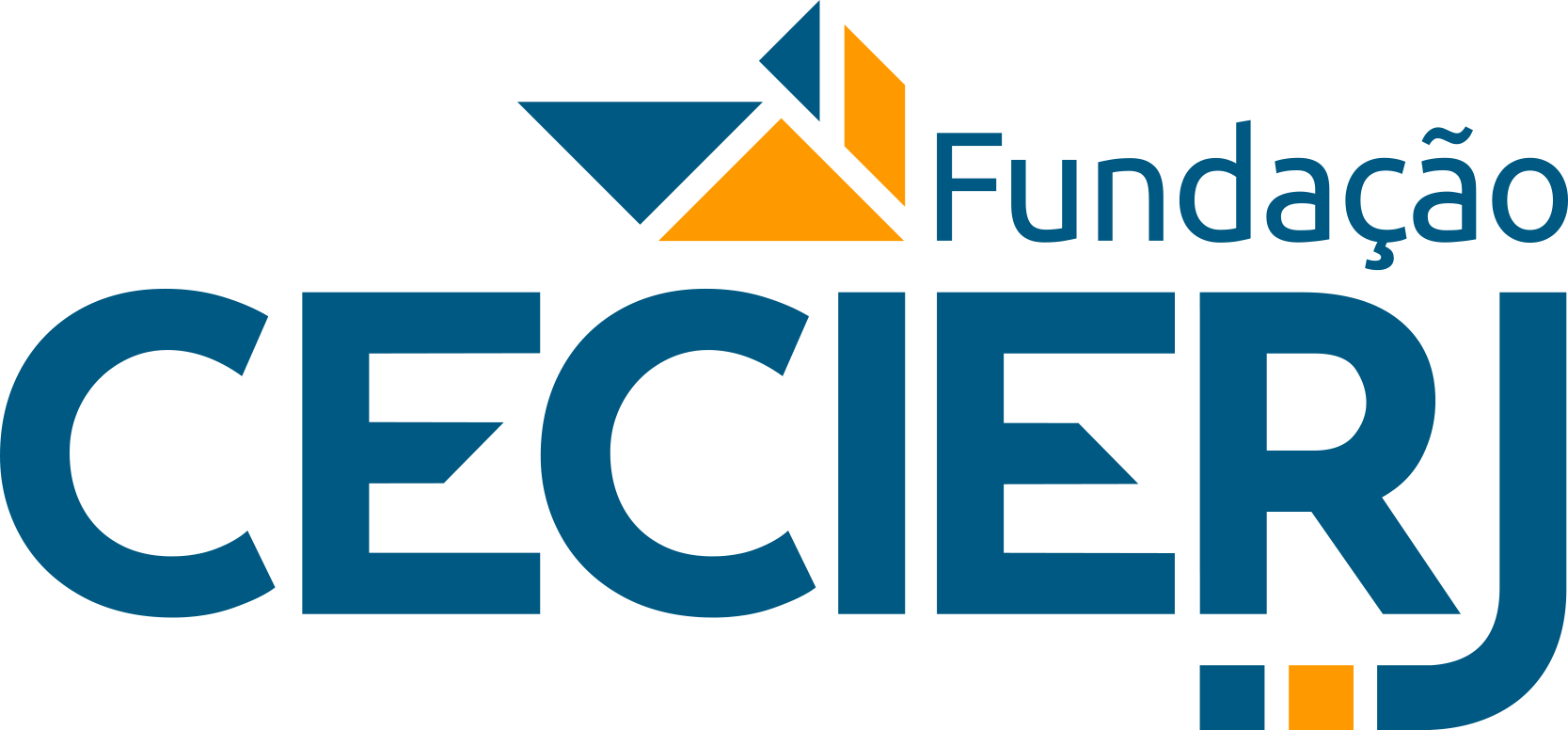Humanized Learning through Blended Learning
DOI:
https://doi.org/10.18264/eadf.v10i2.1110Abstract
The new demands for the continuity of the promotion of a quality virtual
education, has led education professionals to research and planning hours. As
Revista EaD em Foco, 2020, v.1: e1110 2
one of the possible solutions to this fact, Hybrid Teaching or Blended-Learning
seeks to unite traditional knowledge in favor of enhancing students' learning
capacities with the use of technologies present in cyberspace. To achieve success
in this universe, it is necessary to know the possibilities of this environment, to
promote content that is interesting and engaging for the participants, and above
all, to place students as a central piece on the path to their development in the
midst of the proposed contents. This article is a research derived from a
systematic review in order to answer the following question: How to Achieve
Success Through Hybrid Teaching? For this, we propose, through the analysis of
several international texts, to describe the main difficulties and proposals found in
external studies with a focus on the implementation of research to promote blearning in the teaching of Natural Sciences and Mathematics in High School.
Keywords: Blended learning. Secondary education. Distance education.
Downloads
References
ABRANCHES, S. P. O Que Fazer Quando Eu Recebo Um Trabalho Crtl C + Ctrl V ? Autoria , Pirataria E Plágio Na Era Digital : Desafios. 2a Simposío Hipertexto e Tecnologias na Educação: Multimodalidade e Ensino, v. 1, 2008.
AFONSO, A. P. Comunidades de Aprendizagem: Um modelo para a gestão da aprendizagem. II Conferência Internacional Challenges"™2001 - Desafios"™2001, February, p. 6, 2001.
ALADEJANA, F. Blended Learning and Technology-assisted Teaching of Biology in Nigerian Secondary Schools. AIP Conference Proceedings. Anais. AIP, 2009. Disponível em: <http://aip.scitation.org/doi/abs/10.1063/1.3146184>
BARROS, A. P. R. M.; SIMMT, E.; MALTEMPI, M. V. Understanding a Brazilian High School Blended Learning Environment from the Perspective of Complex Systems. Journal of Online Learning Research, v. 3, n. 1, p. 73–101, 2017.
BOITSHWARELO, B. Exploring Blended Learning for Science Teacher Professional Development in an African Context. The International Review of Research in Open and Distributed Learning, v. 10, n. 4, 23 set. 2009.
CAMARGO CORTELAZZO, I. B. DE. Tutoria E Autoria: Novas Funções Provocando Novos Desafios Na Educação a Distância. EccoS Revista Científica, v. 10, p. 307–325, 2008.
CAPONE, R.; DE CATERINA, P.; MAZZA, G. A. G. BLENDED LEARNING, FLIPPED CLASSROOM AND VIRTUAL ENVIRONMENT: CHALLENGES AND OPPORTUNITIES FOR THE 21ST CENTURY STUDENTS. EDULEARN17 Proceedings. Anais...mar. 2017. Disponível em: <http://library.iated.org/view/CAPONE2017BLE>
CHANDRA, V.; FISHER, D. L. Students"™ perceptions of a blended web-based learning environment. Learning Environments Research, v. 12, n. 1, p. 31–44, 10 abr. 2009.
CHANDRA, V.; WATTERS, J. J. Re-thinking physics teaching with web-based learning. Computers & Education, v. 58, n. 1, p. 631–640, jan. 2012.
CLARK, D. Psychological myths in e-learning. Medical Teacher, v. 24, n. 6, p. 598–604, 2002.
DIPIETRO, M. et al. Best practices in teaching K-12 online: Lessons learned from Michigan Virtual School teachers. Journal of Interactive Online Learning, v. 9, n. 3, p. 10–35, 2010.
ECHALAR, A. D. L. F.; PEIXOTO, J. Programa Um Computador por Aluno: O acesso í s tecnologias digitais como estratégia para a redução das desigualdades sociais. Ensaio: Avaliação e Políticas Públicas em Educação, v. 25, n. 95, p. 393–413, 2017.
GARRISON, D. R.; KANUKA, H. Blended learning: Uncovering its transformative potential in higher education. The Internet and Higher Education, v. 7, n. 2, p. 95–105, abr. 2004.
KALLOO, V.; MOHAN, P. An Investigation Into Mobile Learning for High School Mathematics. International Journal of Mobile and Blended Learning, v. 3, n. 3, p. 59–76, 2011.
KILIÇ, D. The effect of the jigsaw technique on learning the concepts of the principles and methods of teaching. World Applied Sciences Journal, v. 4, n. January, p. 109–114, 2008.
LAI, C. L.; HWANG, G. J. High school teachers"™ perspectives on applying different mobile learning strategies to science courses: the national mobile learning program in Taiwan. International Journal of Mobile Learning and Organization, v. 9, n. 2, p. 124, 2015.
LAZAROWITZ, R.; HERTZ-LAZAROWITZ, R.; RON, S. Designing cooperative learning in the science classroom: integrating the peer tutoring small investigation group (PTSIG) within the model of the six mirrors of the classroom model. Education Policy, Reforms and School Leadership, p. 247–253, 2002.
MCNEILL, K. L.; PIMENTEL, D. S.; STRAUSS, E. G. The Impact of High School Science Teachers"™ Beliefs, Curricular Enactments and Experience on Student Learning During an Inquiry-based Urban Ecology Curriculum. International Journal of Science Education, v. 35, n. 15, p. 2608–2644, out. 2013.
Mello, D. E., & Barros, D. M. V. (2014). Didática do online. p. 1–16, 2014. Disponível em: <http://repositorioaberto.uab.pt/handle/10400.2/6709> Acesso em: 14 de mar. de 2020.
OLIVEIRA, E. D. S. . et al. Estratégias De Uso Do Whatsapp Como Um Ambiente Virtual De. Simposísio Internacional de Educação a Distância, 2014.
RIBEIRO, F. B. V.; TODESCAT, M.; JACOBSEN, A. DE L. Avaliação De Ambientes Virtuais De Aprendizagem: Uma Reflexão Sobre O Modelo Interacionista E Construtivista. Revista Novas Tecnologias na Educação (RENOTE), v. 13, n. 2, p. 1–10, 2015.
SERAPHIN, K. D. et al. Teaching Energy Science as Inquiry: Reflections on Professional Development as a Tool to Build Inquiry Teaching Skills for Middle and High School Teachers. Journal of Science Education and Technology, v. 22, n. 3, p. 235–251, 26 jun. 2013.
SHARAN, Y.; SHARAN, S. Group Investigation Expands Cooperative Learning. Educational leadership, v. 47, n. 4, p. 17–21, 1990.
SIKO, J. P. Testing the Waters: An Analysis of the Student and Parent Experience in a Secondary School"™s First Blended Course Offering. International Journal of E-Learning & Distance Education, v. 29, n. 2, p. 1–19, 2014.
Downloads
Published
How to Cite
Issue
Section
License
All articles published in Revista EaD em Foco receive the license
Creative Commons - Atribuição 4.0 Internacional (CC BY 4.0).
All subsequent publications, complete or partial, must be made with the acknowledgment, in citations, of the Revista EaD em Foco as the original editor of the article.













